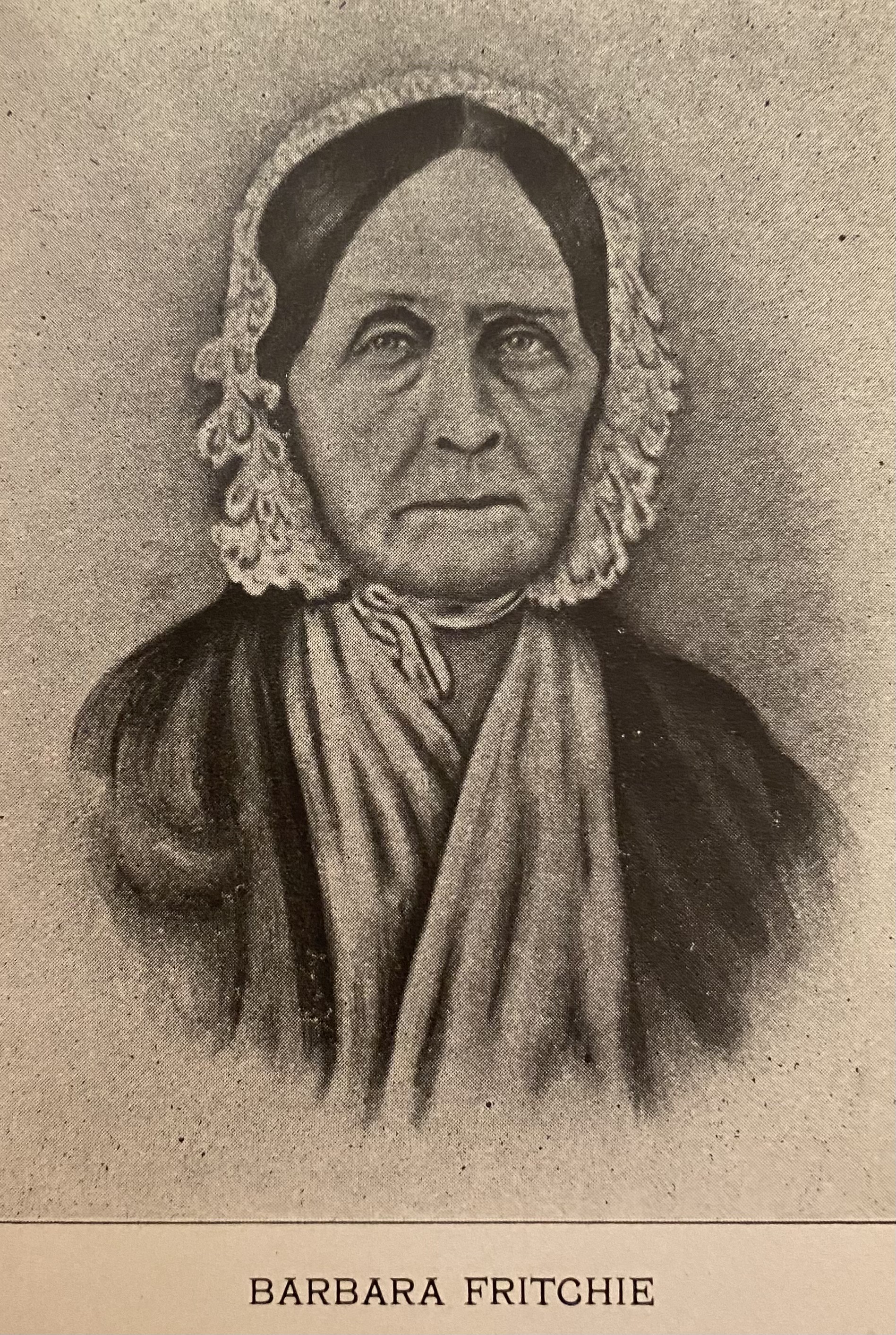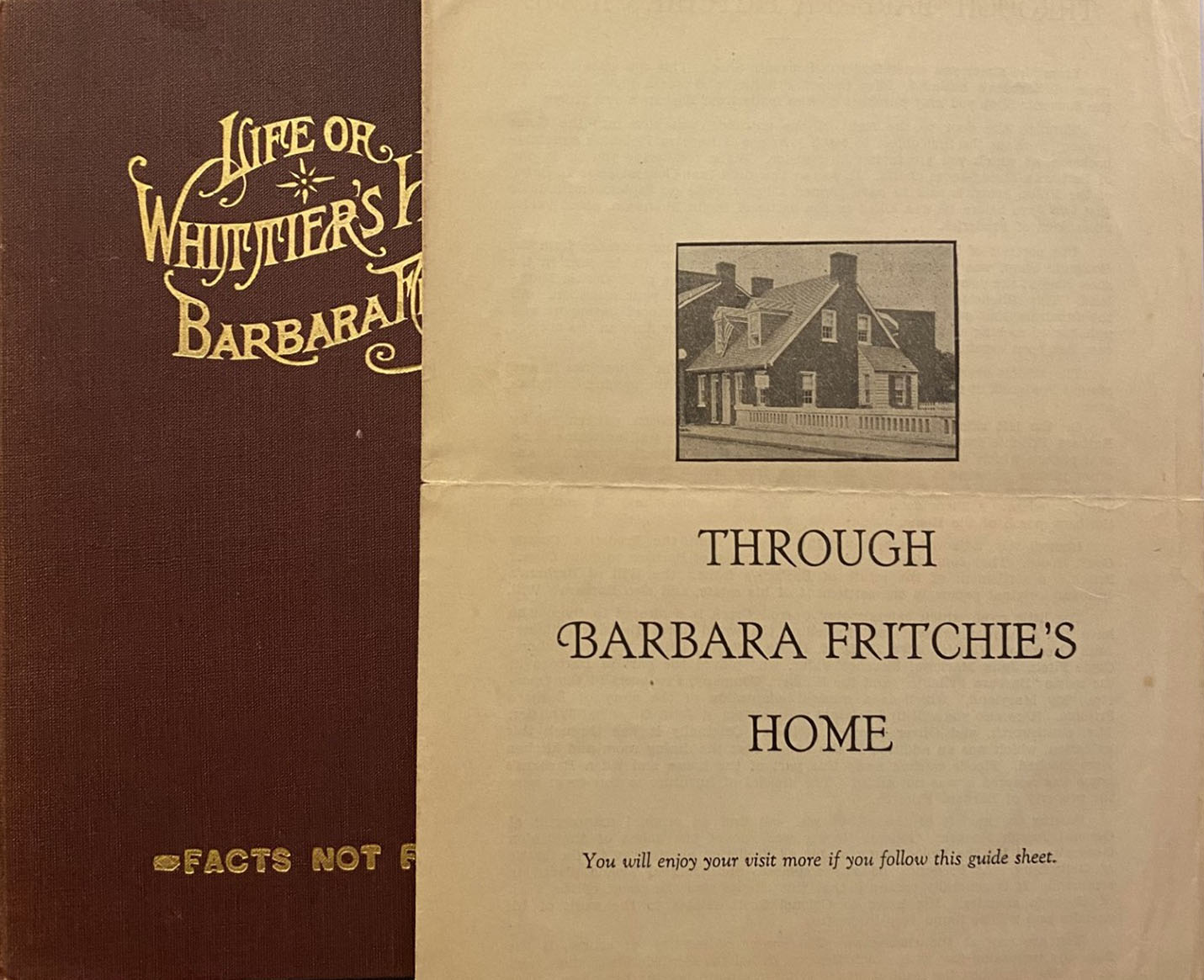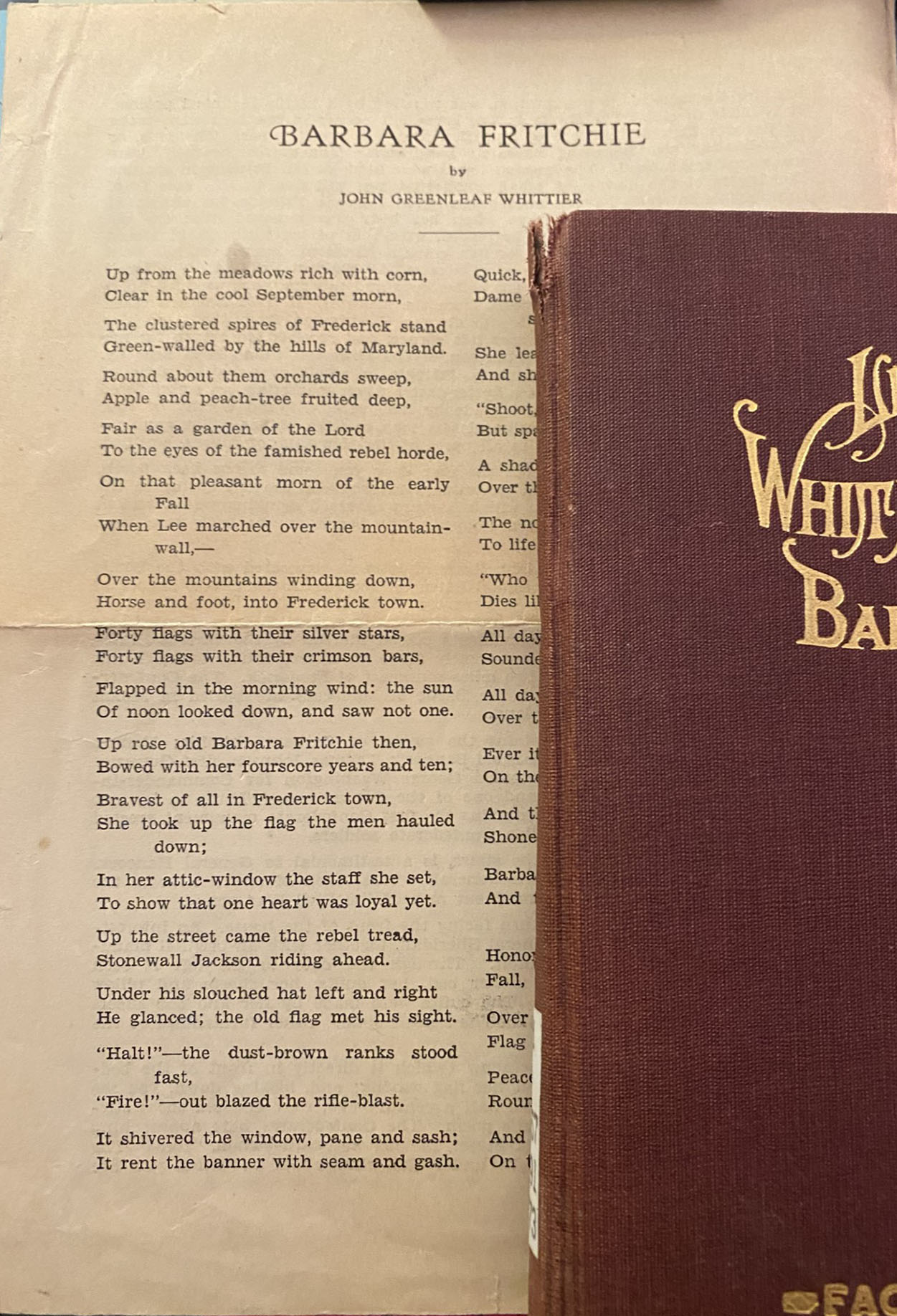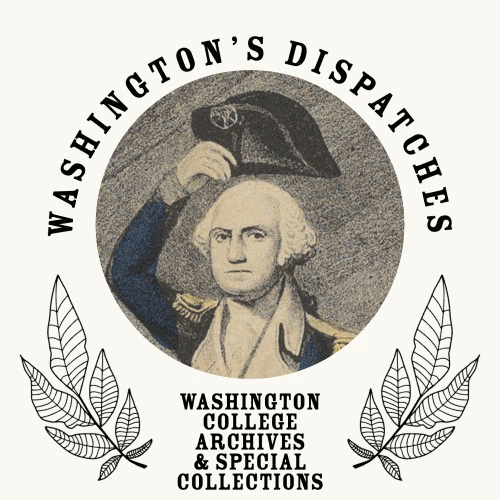Maryland in the Civil War - The Legend of Barbara Fritchie and Mary Quantrill

It was 161 years ago this month that for the first time, the shocking violence of the Civil War was brought right here to Maryland during Robert E. Lee’s Maryland Campaign of 1862.
Maryland, a border state, was very much politically divided leading up to and during the war; its allegiance was hotly contested, and its borders and railroads fiercely guarded, in no small part due to its proximity to the Capital. In many Maryland families, the conflict truly was “brother against brother.”
The Army of Northern Virginia crossed the Potomac River into Montgomery, Frederick, and Washington Counties beginning on September 3, eliciting a quick response from Federal troops who hotfooted it up from Washington to meet them at South Mountain, just west of Frederick. As the rebel army traveled on foot through the countryside and towns and occupied the fields, many Maryland citizens got their first look at the dreaded foe. Some areas of the state were sympathetic and even welcoming to Lee’s army, but this was not so in the town of Frederick.

As Lee’s army began to head west from Frederick on September 10 after a trip to buy food, shoes, and other supplies, a 38-year-old mother of six by the name of Mary Quantrill waved an American flag from her front porch as the army passed by. Mary was a teacher who operated a school for girls at her residence. A soldier stepped up behind her and severed the flagstaff with his bayonet, cutting it off perilously close to her hand. Confiscating the flag, he stomped it into the dust. Her young pupils quickly supplied her with additional “flaglets” to replace the one destroyed. She scolded the soldier for his “cowardly act;” Confederate General Hill apparently agreed. Impressed by Mary’s courage and loyalty, he gave orders for his troops to leave her alone. Unfortunately, this act of bravery has become conflated with the legendary defiance of Mary’s elderly neighbor, Barbara Fritchie. John Greenleaf Whittier immortalized Barbara Fritchie in his poem, “The Ballad of Barbara Fritchie,” and she has become a symbol of the patriotism of Maryland Unionists.

Miller Library’s copy of Life of Whittier’s Heroine Barbara Fritchie by Henry M. Nixdorff, published in 1897 and available in our Maryland Collection, includes the poem along with a sketch of Fritchie’s life and the place and time that inspired the poem. Also enclosed in this tiny volume is a fragile old tour brochure from Barbara Fritchie’s home on West Patrick Street.
After passing through Frederick, Lee’s army clashed with Federal troops on nearby South Mountain on September 14 before being defeated at the Battle of Antietam on September 17, the bloodiest day of the entire Civil War. Miller Library’s Maryland Collection is rich with resources on all aspects of Maryland’s involvement in the war, especially pertaining to the Maryland Campaign of 1862. Many of these resources are featured this month on top of the shelves in the Maryland Collection on the second floor of the library, just at the top of the stairs in the open study area.
